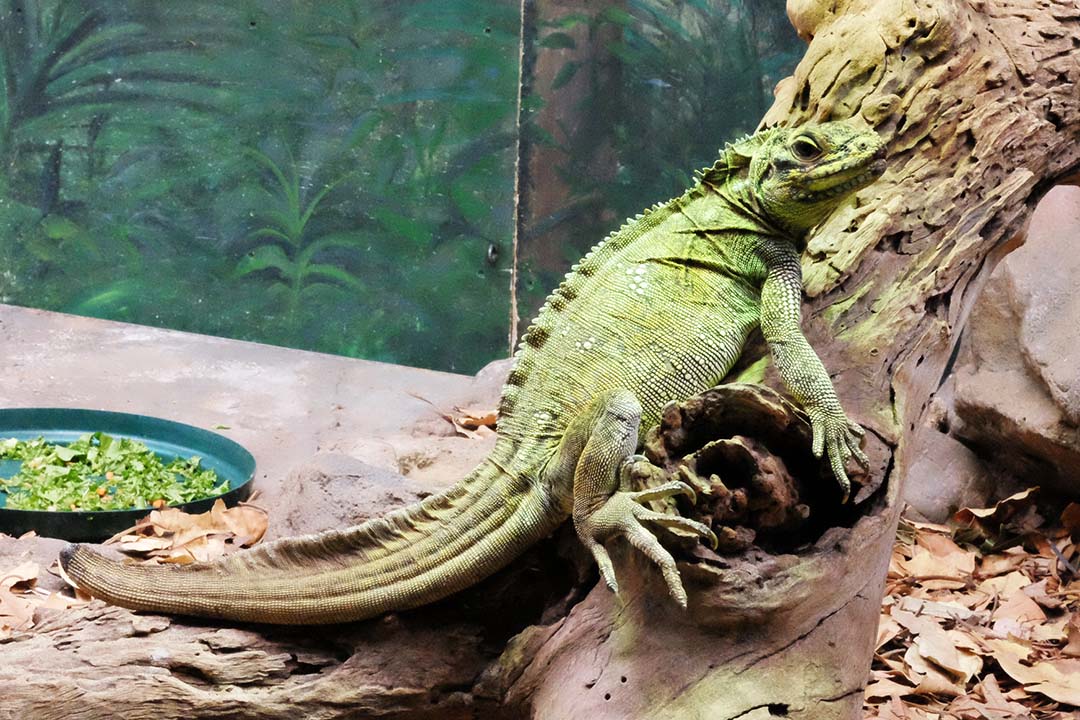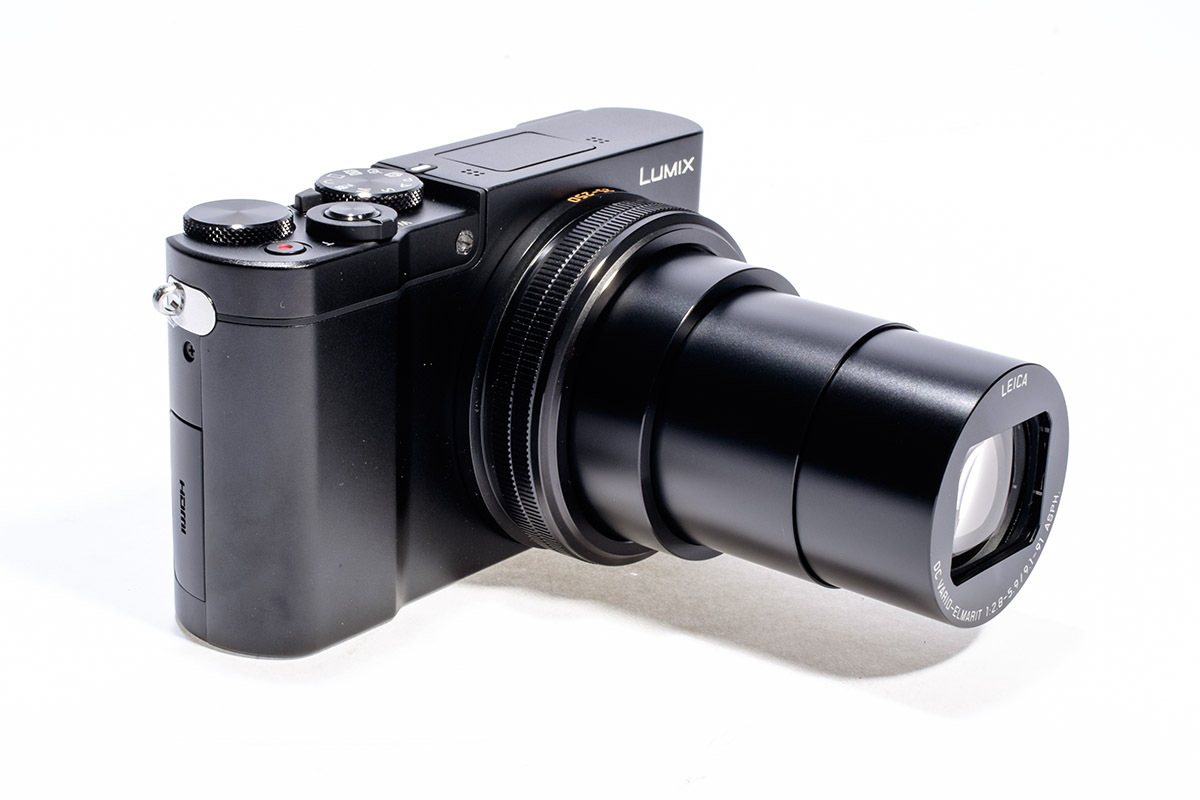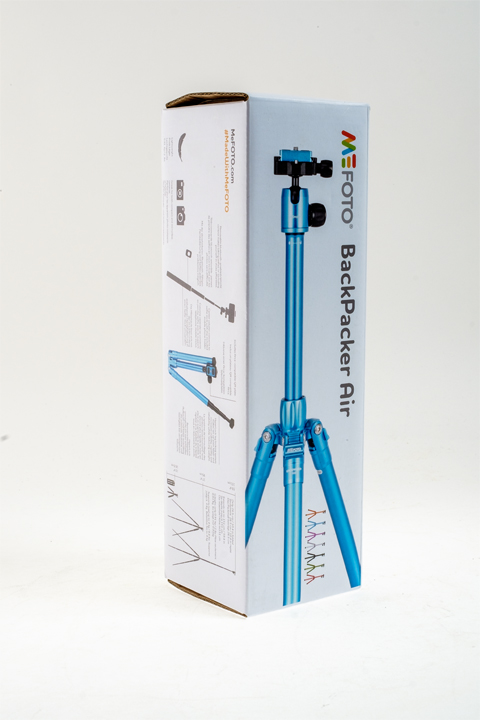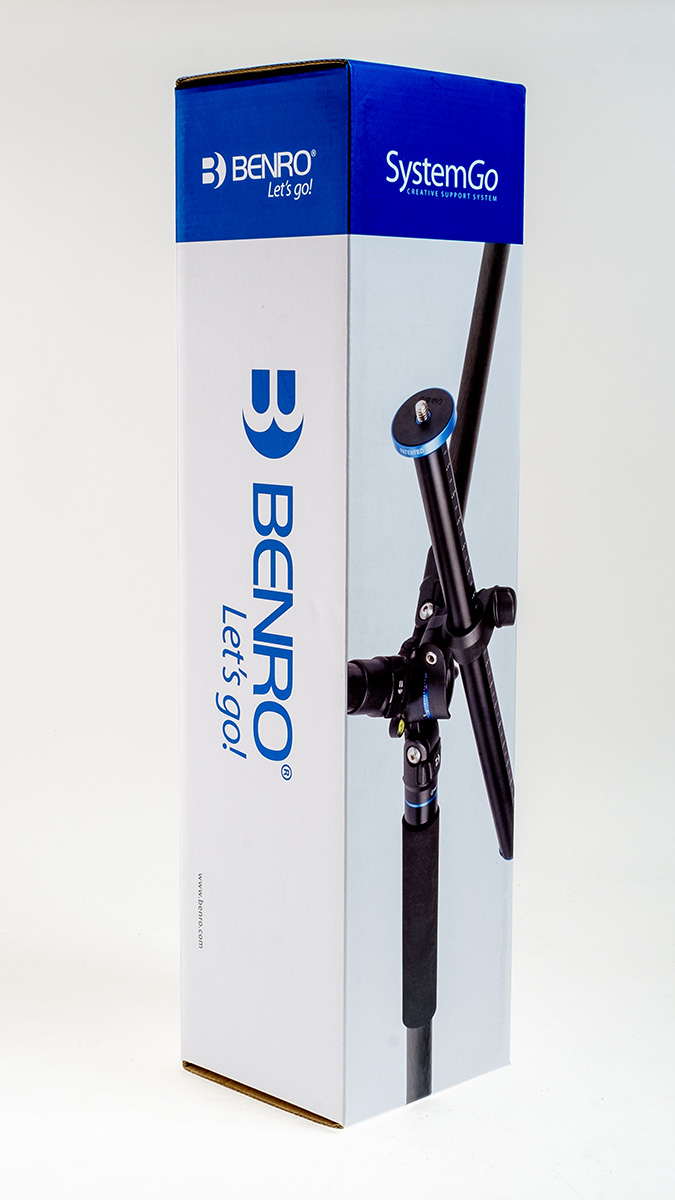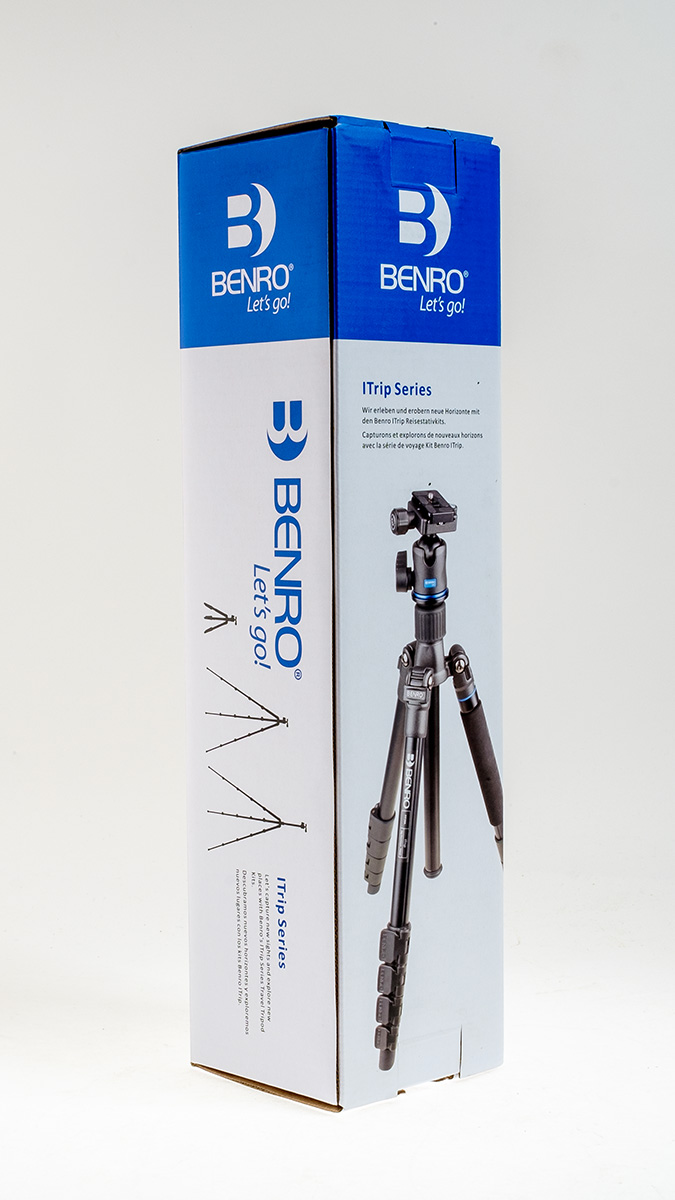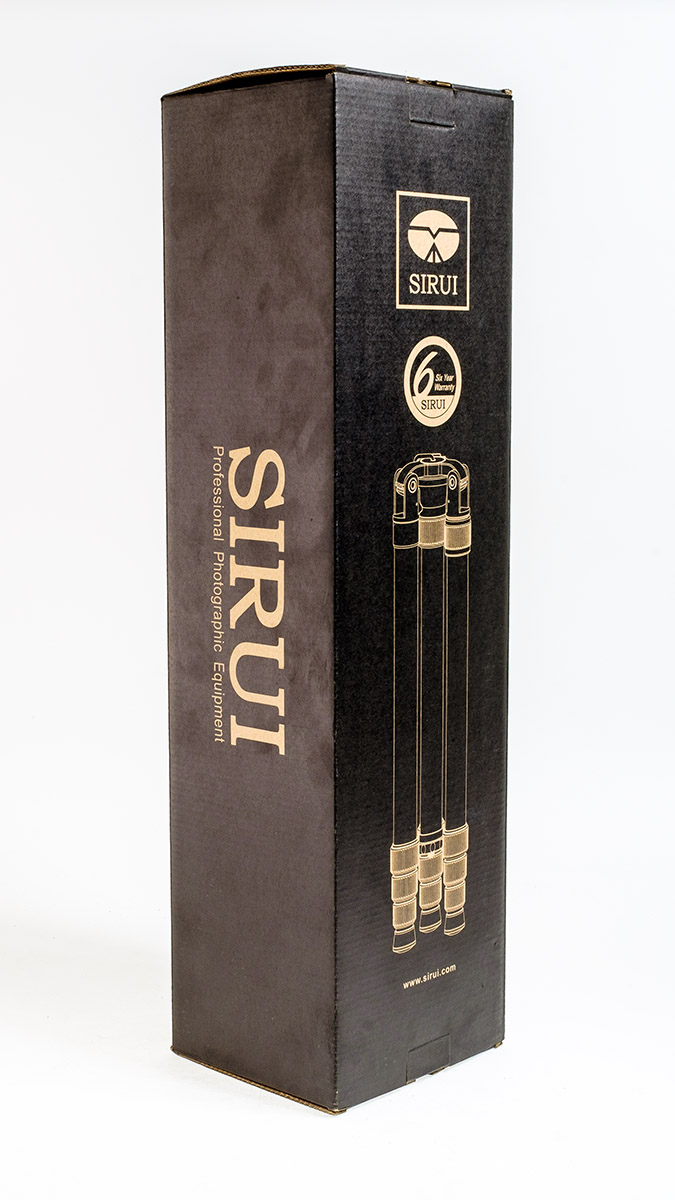17 Aug The Secrets Of A Good Night Out
Recipe for a good night out as cooked up by Camera Electronic. Perfect for a winter night. Ingredients: Talented people. Good food. Excellent drinks. Cozy urban atmosphere. Interesting art. Short speeches. Last night saw the Camera Electronic directors and family, together with a goodly selection of Perth's fashion professionals, crowd into Rockefellers on...




